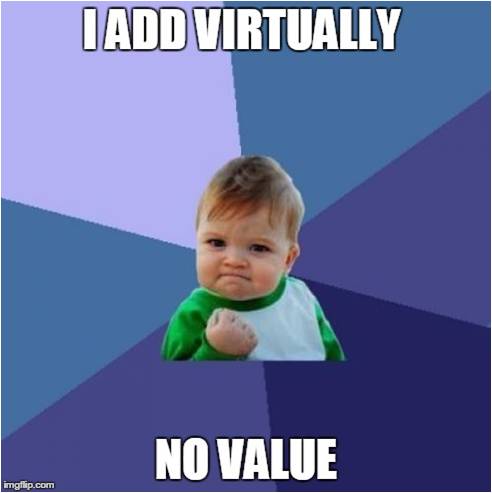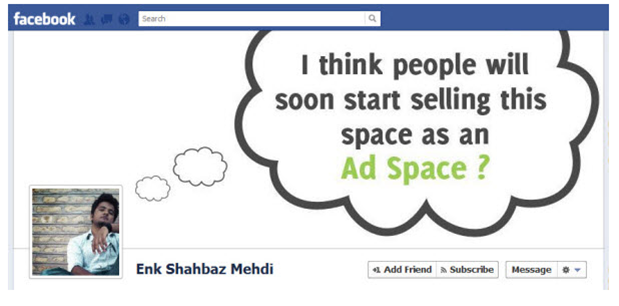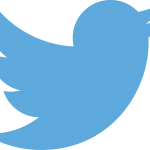It’s amazing that although so many people are on social media (for example, 71% of adult internet users are on Facebook), so many people are making mistakes. If you’re just using social media to connect with friends and to be…well…social, that’s one thing. Social media has also become an important business tool, and those that are using social media for business (and that includes the rapidly increasing number of individuals using social media to promote their independent businesses) need to make sure they’re using it effectively.
Here are 6 tips to make sure that you’re not blowing your social media opportunities:
 Failing to have a strategy. This includes a target demographic, what you want to talk about, your tone, and everything in between. If you’re just posting because some guy at some seminar told you to, or you just feel like you’re supposed to, you’re likely going to have almost no end benefit and wind up either feeling frustrated or like it just doesn’t work. All you’re actually doing is closing your eyes, throwing a bunch of darts 40 feet, and hoping that they hit the board (forget about the bulls-eye).
Failing to have a strategy. This includes a target demographic, what you want to talk about, your tone, and everything in between. If you’re just posting because some guy at some seminar told you to, or you just feel like you’re supposed to, you’re likely going to have almost no end benefit and wind up either feeling frustrated or like it just doesn’t work. All you’re actually doing is closing your eyes, throwing a bunch of darts 40 feet, and hoping that they hit the board (forget about the bulls-eye).
The truth is, social media marketing won’t work if you don’t have a strategy. Know what you want to accomplish and ask yourself if the posts you make help you to accomplish that goal. How about the look and feel of your accounts. Do they help you accomplish this goal? If you don’t have a strategy, your first step is to take a few hours and think about what you really want to do and what you think is the best way to do it. (And if you think the best way is to randomly post crap, start at the beginning and read this again).
- Know your target. Don’t just know who your target is, know about them. What do they want to hear about? What do they respond to? What turns them off? Make sure that your accounts are a reflection of your target.
- Getting on every platform. Just because Pinterest exists doesn’t mean you should be on it. Unless you’re in fashion, bridal (including photography), culinary, or other select industries. In that case, you’d better be on there NOW.
What you won’t realistically be able to do is get on to every platform and master them well. You’ll be terrible at all of them. Besides, people behave very differently on each platform anyway. Concentrate on a few platforms, and get really really good at those. Be a star. Build your audience, communicate to them well, and focus.
- Going corporate. The reality is, unless your brand is really awesome and producing crazy stuff on a regular basis, people are much less likely to follow a brand (this is especially true on Twitter compared to a network like Facebook). Most people are much better served posting as themselves, and mentioning the company. People follow friends, people follow people. People don’t love following companies…unless they feel like they’re really going to get something out of it. On a similar note, make sure you post like a human. If your feed is a string of blog posts, it’s likely that people are going to tune out.
- Thinking an Icon Means Something. When you try to cross over from digital to print, this means nothing:
 News flash, people can’t click on print. If you’re going to tell people you’re on Facebook, at least provide a QR code or a Facebook URL so that they can easily find you.
News flash, people can’t click on print. If you’re going to tell people you’re on Facebook, at least provide a QR code or a Facebook URL so that they can easily find you. - Getting Creative – and Failing.
 Let’s be honest. Most memes are stupid. Nobody cares and they go right by them. Sure some are clever and worth posting, but there’s way too many way to generic and meaningless memes on social media. Let’s just stop them now.
Let’s be honest. Most memes are stupid. Nobody cares and they go right by them. Sure some are clever and worth posting, but there’s way too many way to generic and meaningless memes on social media. Let’s just stop them now.
Another creativity fail we see is with avatars and/or cover art. If you’re a creative type, it’s awesome to use your cover photos in really interesting ways. But there’s problems too. For example, this guy:
 Yeah, that looks like a great idea in theory. People come to your Facebook page and think “Hey, Oliver really knows how to get creative. Look how good that looks. Then they see his profile picture when he posts:
Yeah, that looks like a great idea in theory. People come to your Facebook page and think “Hey, Oliver really knows how to get creative. Look how good that looks. Then they see his profile picture when he posts: Um..nevermind.
Um..nevermind.Remember, choose your avatar wisely. People should be able to tell who you are from your picture when they see you post (see #5). It can also help if you use a bright color that stands out in a feed like those on Twitter. If you want to get creative, that’s great. Something like this may work a little better than the example above:

These are just the tip of the iceberg, but they are a bunch of the issues that are prevalent on social media, and we all need a place to start.
What are some of the biggest social media faux pas that you see and drive you crazy? Throw them in the comments below.




